The Cambridgeshire Fens: 'A symbol of human skill and determination from more than 350 years ago'
Fiona Reynolds takes a walk through the floodplains of the Cambridgeshire Fens, which still perform the task they were designed to do by a 17th-century Dutchman.

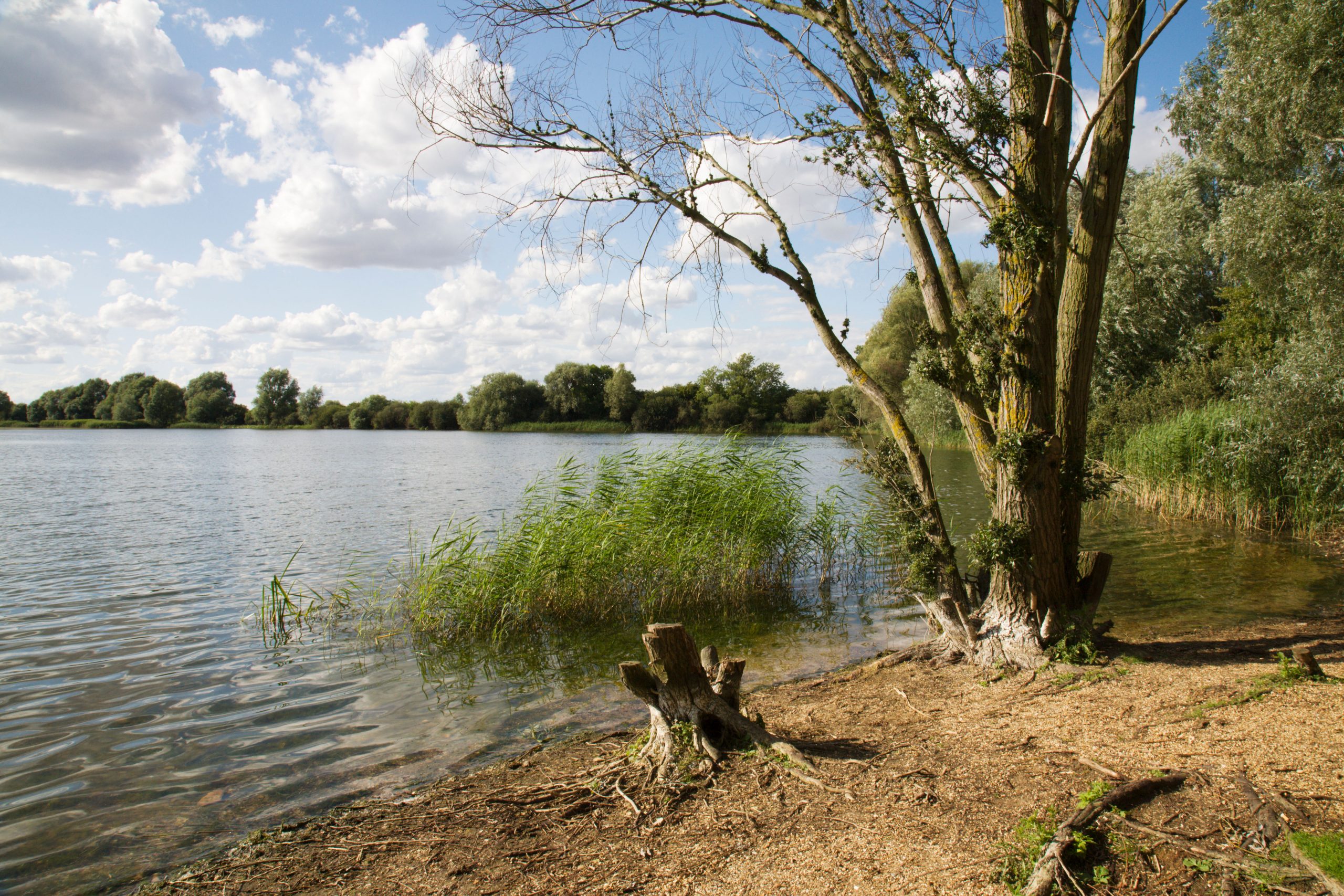
We’re walking in the Fens on the first day of spring, clouds scudding through the sky as the storms blow their last, bright sunshine celebrating the glorious freshness of the day — and coronavirus is still a distant threat. We can see for miles; most of what we can see is water. After the wettest winter in decades, the floodplains are doing what they are supposed to do: holding immense volumes of water.
We are at a pinch-point of the Great Ouse, where it leaves the long, sinuous path it has traced through lowland England and embarks on its journey to the sea. Where we are, between Holywell and Fen Drayton, is one place where the drainage of the Fens is anchored. From here, the Great Ouse is bounded by great mounds of earth in a long south-west/north-east cut to Earith.
After many attempts, resisted by locals, the drainage of these Great Levels was finally achieved in the 1650s by the 5th Duke of Bedford, helped by the controversial, but skilled Dutchman Cornelius Vermuyden. North of Earith, he cut a second great Bedford river, parallel to, but half a mile away from, the first, and these rivers still march across the Fens to the Wash, a symbol of human skill and determination from more than 350 years ago.
Our ambition is a little more modest. We want to do a circular walk in the heart of this watery landscape, so we get off the guided bus from Cambridge (a regular and efficient service) at the Fen Drayton Lakes stop and walk north to pick up the path on the east side of the Ouse river.
We swing along, walking on top of the embankment with the wind behind us, sheets of water sparkling in the sunshine. We see swans, ducks, grebes and Canada geese, honking hello as we pass. Although a good five miles, it’s an easy walk to Earith and we admire the view of Bluntisham church, where Dorothy L. Sayers’s father was village priest at the turn of the 20th century. No wonder she wrote so compellingly about the fenland landscape in The Nine Tailors.
Our plan is to do a circular walk, turning away from the river opposite Earith onto a path that — on our map — crosses the Fens to the village of Over. However, as we approach Earith, we smell trouble. To our right, huge diggers sit in what is clearly a quarry and, when we find the entrance to what should be our path, the way is blocked. In vain, we seek a way around, but the landscape is being quarried for sand and gravel to supply Cambridgeshire’s apparently inexhaustible need for building materials.
There’s no choice but to give that route up, cross the river and walk back on its other side. In fact, this is no sacrifice, as we enjoy Earith’s historic high street and are soon surrounded by the beauty of deep floods and hordes of wild birds, the water levels managed so that our path (now the Ouse Valley Way) remains just clear of the water.
Exquisite houses, the beauty of Nature, and how to get the most from your life, straight to your inbox.
Going in this direction, however, the wind is against us and we have a fine time, heads down, our words and gestures carried away by gusts as we beat our way back. We miss out on visiting Over, but its church beckons from the banks of the Great Ouse and we conclude our walk by crossing the quiet fields into Swavesey, where we pick up the bus and are sped back to Cambridge.
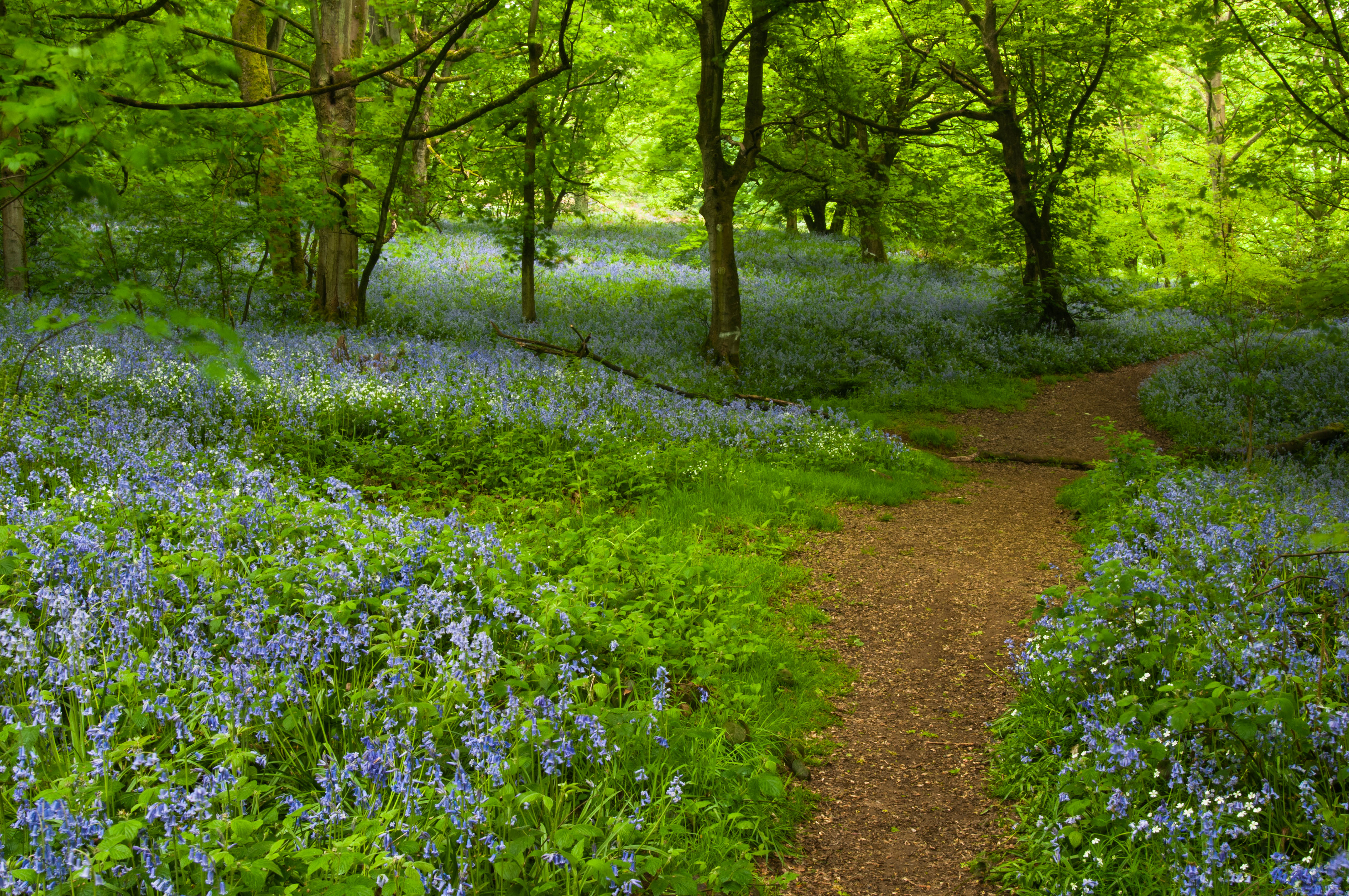
A walk through Badley Woods: 'My memory, is on fire, and I wander through the woods looking for places half-remembered, but intensely felt'
A return to scenes from a carefree childhood rekindles happy memories for Fiona Reynolds.
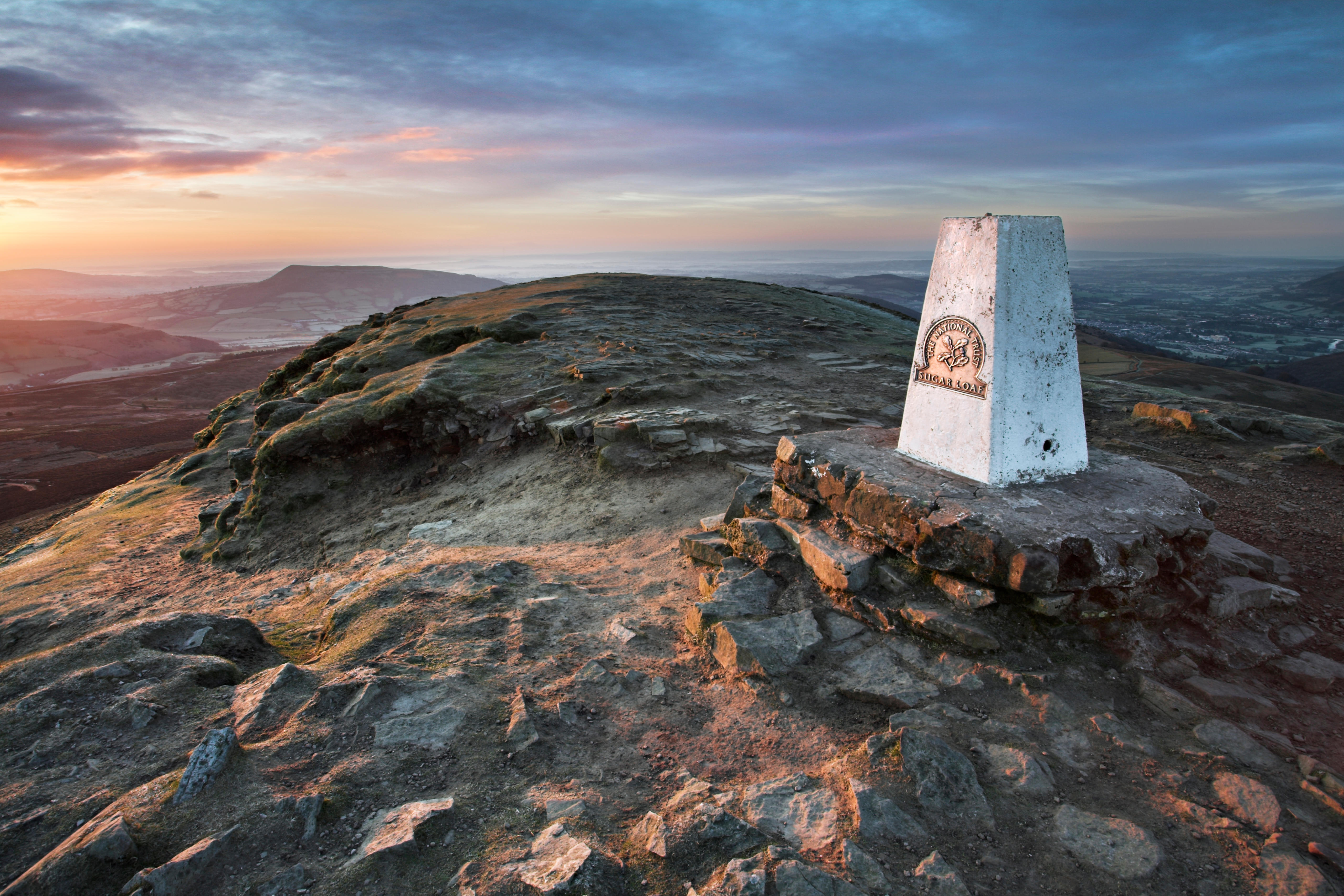
Climbing the Sugar Loaf, the irresistibly perfect mountain in a ‘wild and lovely’ setting
The Sugar Loaf in Wales’s Black Mountains is a satisfying little peak to conquer, as Fiona Reynolds explains.
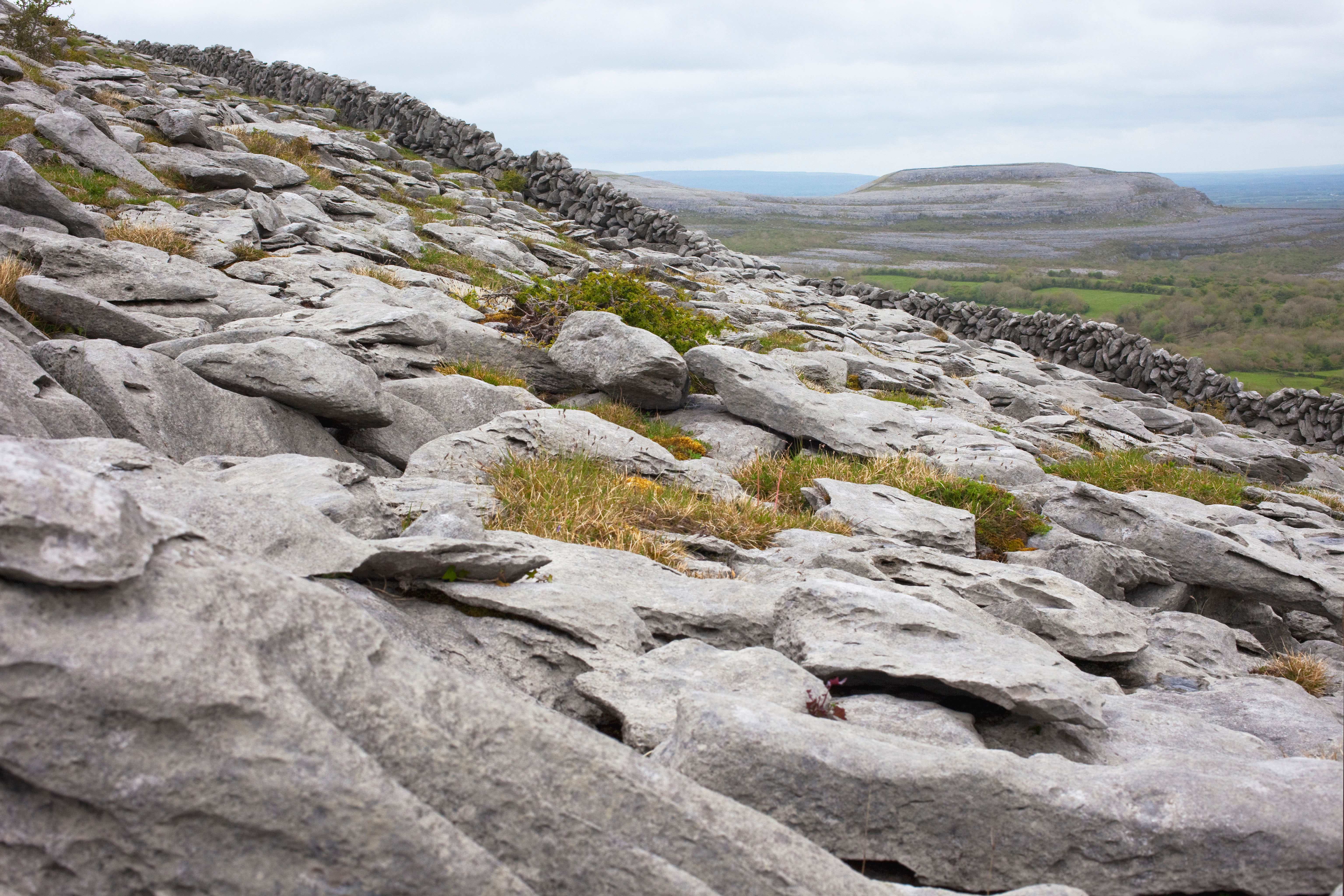
Walking The Burren, Co Clare: A place of curved hills, acres of open limestone and a landscape in which to lose oneself
Fiona Reynolds eats her words about regular walkers avoiding showers during the wettest months she can remember.
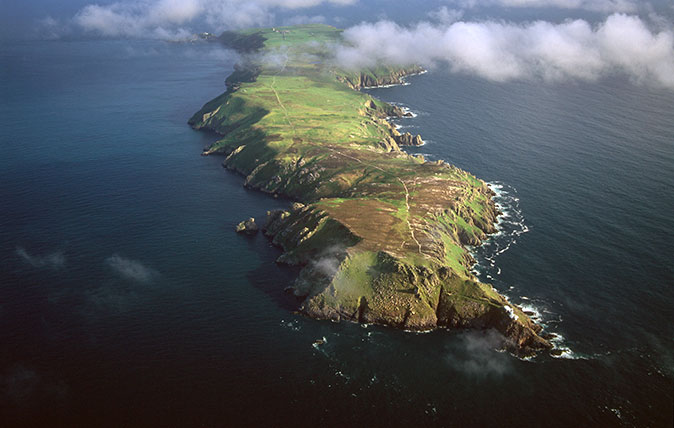
Credit: robertharding / Alamy Stock Photo
Lundy Island: The joys of a good walk, inspiring beauty and no phone signal
Fiona Reynolds was left refreshed and exhilarated after a trip to Lundy Island.
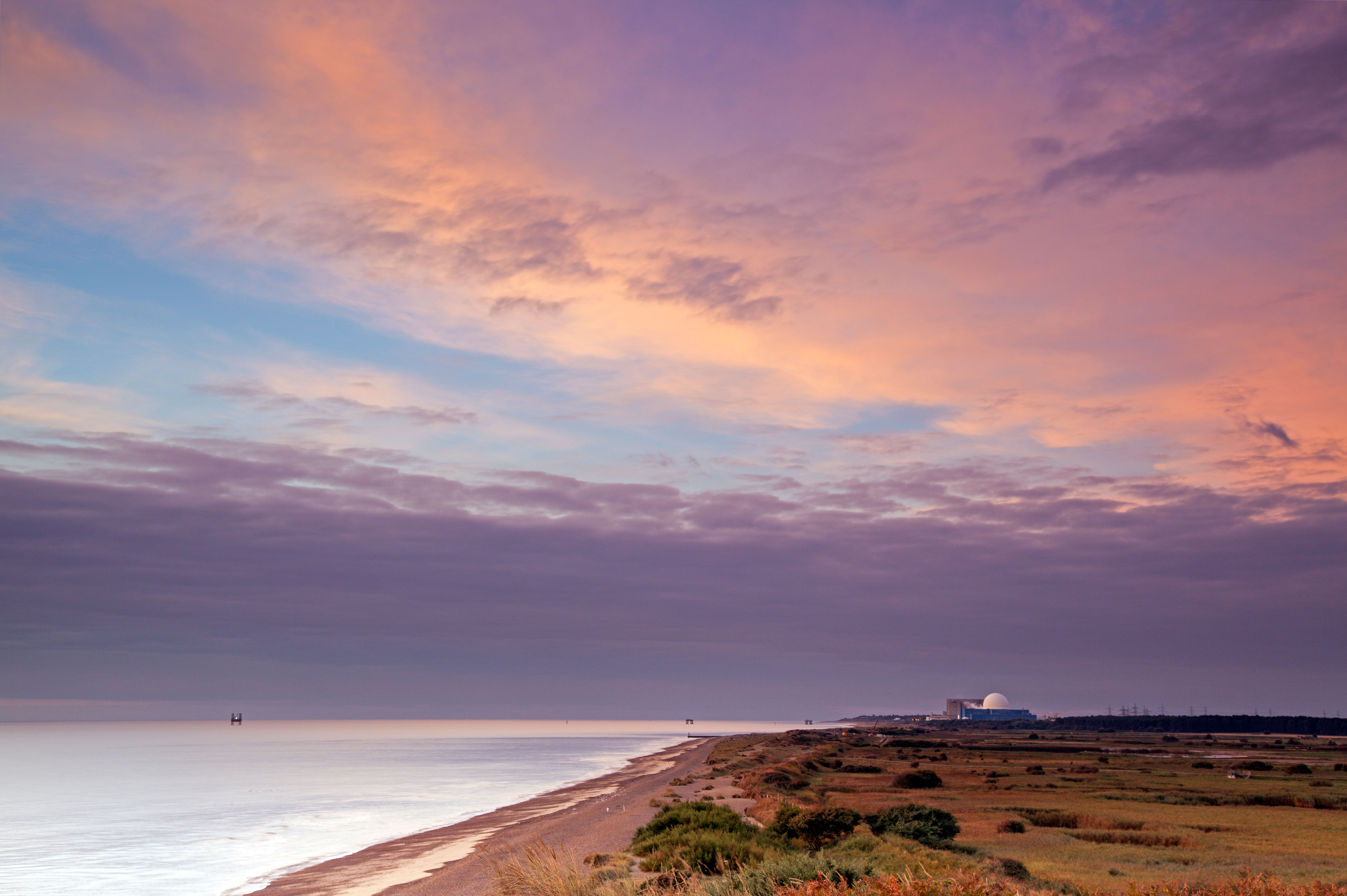
Fiona Reynolds: A walk on the Suffolk coast that brings home the true horror of the new plans for Sizewell
A few months after writing about a development at Otmoor, Fiona Reynolds visits the beautiful Suffolk coast — and can't
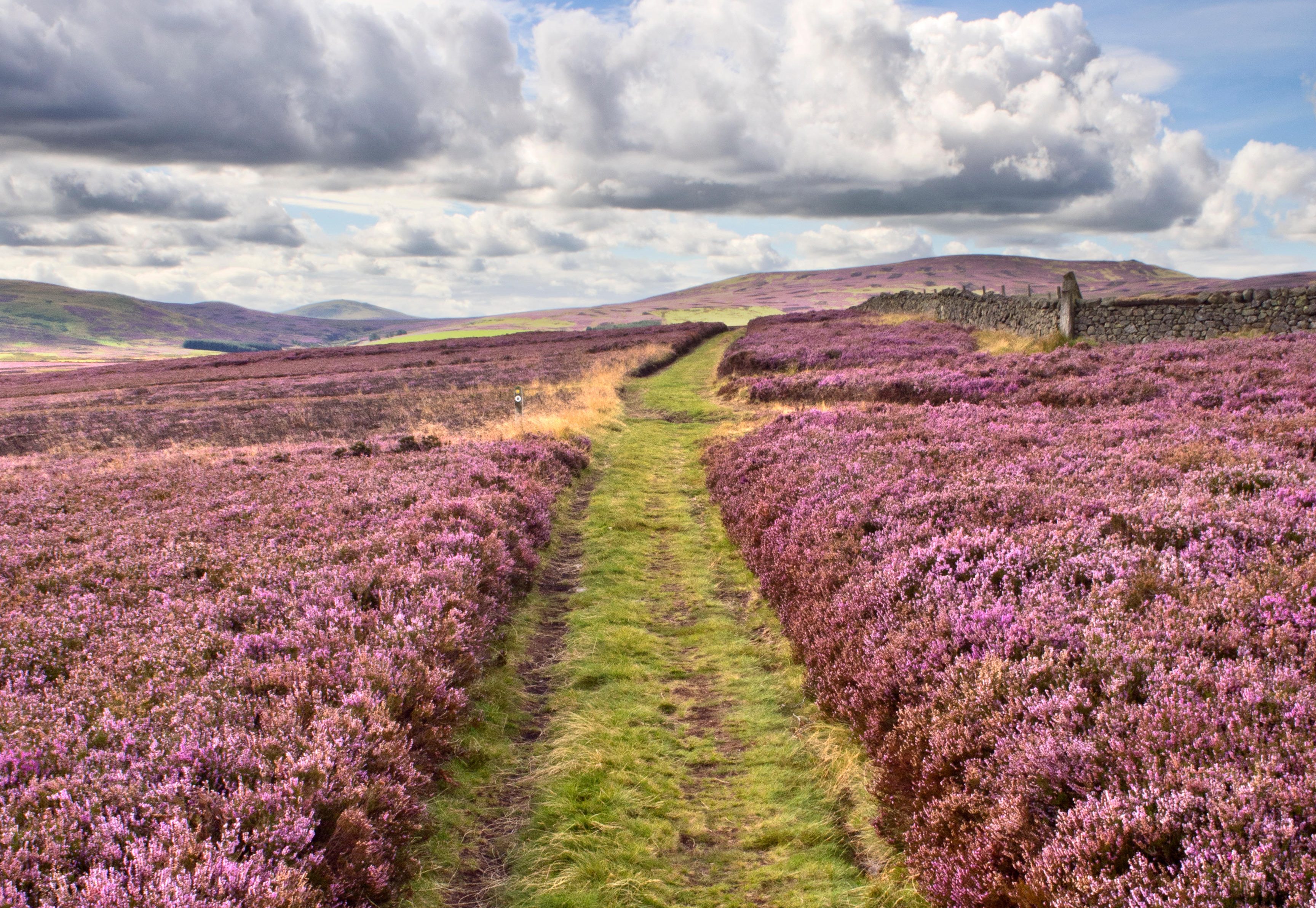
Walking St Cuthbert's Way in late summer: Heather in late-summer emperor’s purple, lit up by the last burst of warmth
The Cheviots and St Cuthbert’s Way are the right setting for reflection and remembrance, as Fiona Reynolds finds on her
Fiona Reynolds is chair of the Food, Farming and Countryside Commission, the former director-general of the National Trust, former Master of Emmanuel College, Cambridge, and the author of The Fight for Beauty. Follow her on Twitter @fionacreynolds.
